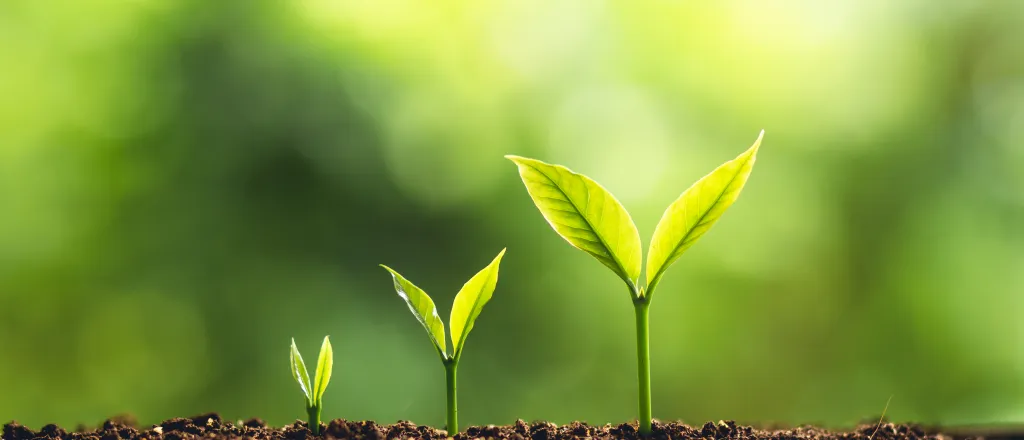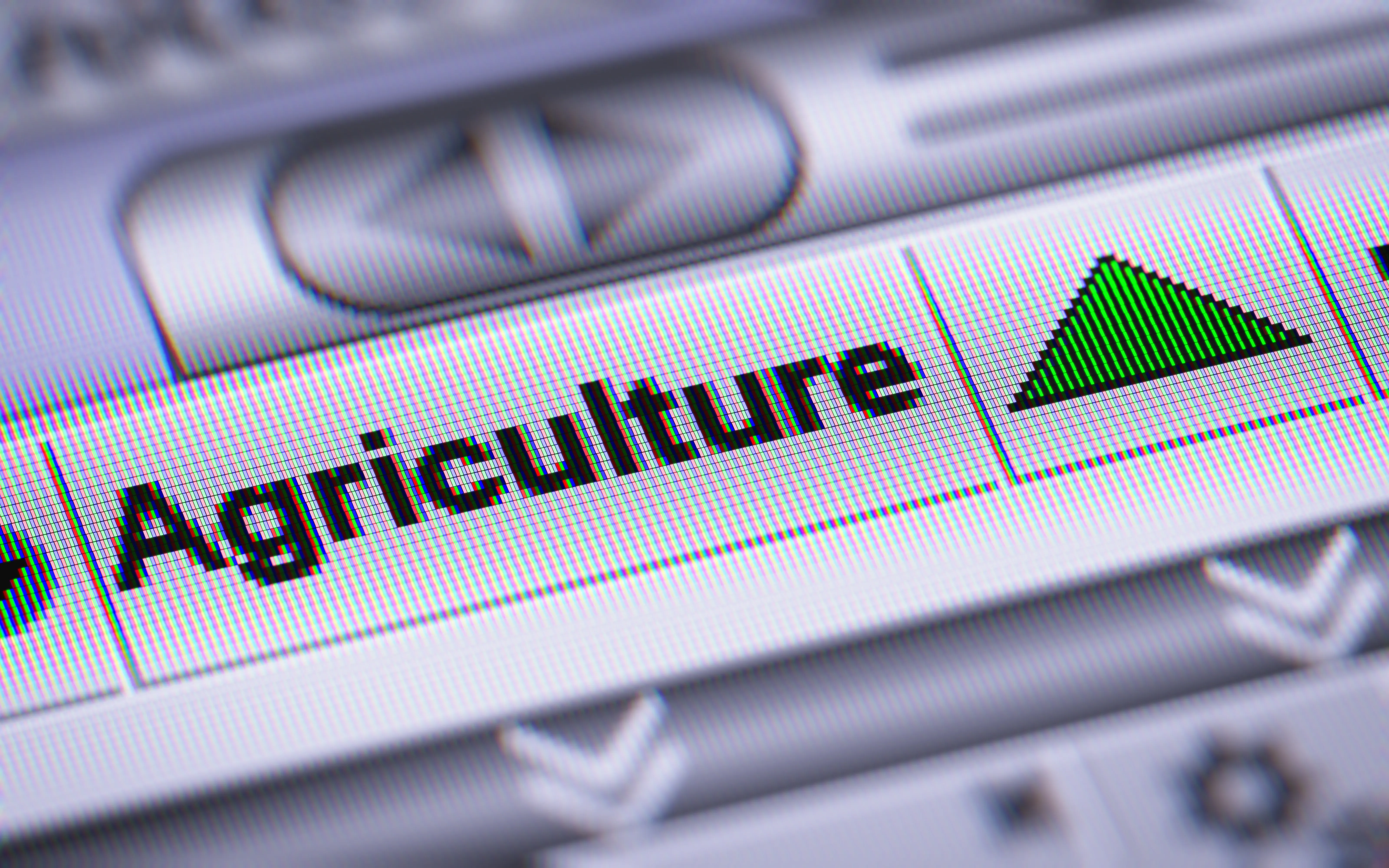
Sowing seed - dry times, hard times
It’s so dry I saw a catfish the other day that had fleas. He was having a terrible time scratching them as you can imagine. I could tell by the look on his face that he was just about ready to jump in the boat to get it all over with.
I have more fish stories, but those are for another day.
Speaking of dry weather, there is more of the country in drought right now than there was in the last hot dry spell we had, which happened to be 2014. That’s not that long ago. Is it me or do these dry spells seem to be coming along more often than they used to? I’m just curious. I try to pay attention to weather but I’ll admit that I am by no means a meteorologist. I do like to look at long range forecasts, but what I find myself doing is disagreeing with it if it’s not favorable, or agreeing wholeheartedly if it is favorable. If the forecast is calling for above normal temps and below normal precipitation for the next three months, I will call the weather forecaster any number of things except smart. There is no way that he can predict weather that far out and he should quit his job and find a real one. On the other hand, if things are leaning my way, I want to tell everyone I know about this guy I found on the internet who says it’s going to rain and be ideal growing weather from April through September.
In reality, there are some things you can do to alleviate the sting of long dry spells. I did not say drought. If it does not rain for six to seven months out of the year, there isn’t going to be anything you or I can do help that situation.
As you can imagine, a crop that starts out healthy will survive longer than one that gets off to a hit and a miss. The first thing that comes to mind is fertility. A very good example of this is an alfalfa field. There have been several trials from state-run universities that prove a field of alfalfa that gets its recommended dose of fertilizer in the late fall or early winter prior to the coming season will survive longer and out-yield fields that were not fertilized. If it is dry going into spring, you still need to keep your fertility where it is recommended to be. Thus, you are giving that crop the best chance it has to materialize. If you don’t, you will start out with a poor, spindly crop that has no chance to begin with.
No-till, strip till and conventional till are all still being practiced today. Which one is the best at water conservation? I know which one I like the best, but they all have their attributes.
No-till probably conserves the most water. Strip till would come in behind no till and conventional till would see the most water loss of the three. Therein comes the dilemma. If you aren’t set up for the first two, it can get expensive setting up for them.
Another thing you have to consider with no-till and strip till is the fact that you are giving up your tillage equipment for a sprayer to control weeds. The moisture conservation can’t be ignored though. If you want a good example of what I’m talking about, take a soil thermometer and take readings in the limited till fields and then take it in the conventional till field. The temperature swing on a hot day can be as much as 20 degrees. You know which field is going to dry out faster.
The advantages of a conventional tilled field can be fewer herbicide resistant weeds. Weeds compete for water and you would be amazed at the amount of water they can rob you of. Variety selection is also very important as to what will survive and what wont in some dry situations. Again, this is where you need to trust your seed man to come up with the right fit for the right situation for you.
What is it about us that makes us so greedy in times of need? I’m talking about the complete and utter disregard for everyone else concerning supplies with the COVID-19 coronavirus pandemic that our nation is faced with?
Who came up with the idea that we would run out of toilet paper? Well, someone floated that idea out there, and we did run out of toilet paper. We caused the shortage that we were afraid that was going to happen - a reality based on a rumor.
I went to the store on Saturday and was amazed. It’s like we were under martial law or something. There were empty shelves everywhere. My wife had asked me to pick up soap for the dishwasher. One box was all I wanted! It was all gone! Are you kidding me? A shortage on dish soap? I saw a lady with half a case of Kleenex. Do you realize how many times you can blow your nose with a half a case of Kleenex? She has enough Kleenex to last her until the next virus comes along. Did she ever think that someone else might need a box or two? Apparently, that was the last thing on her mind.
This thing is deadly serious, and we will see where it leads. The damage to the economy is already bad, and I mean bad. They have shut businesses down. Where are those people going to earn an income? They have shut schools down. Where are those non-salaried employees going to get a check? It’s obvious that many today are living paycheck to paycheck.
I don’t like how this is starting out, and I certainly don’t like how we are treating each other.
















